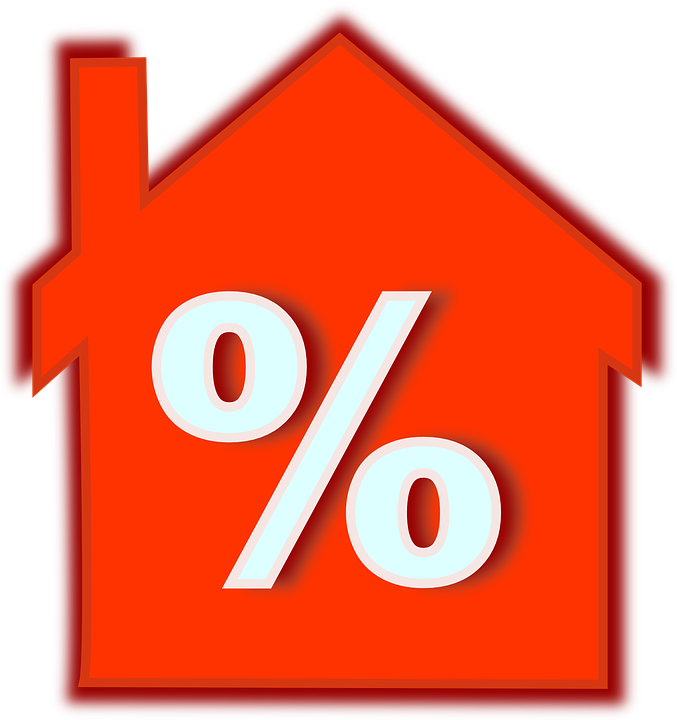This is an interesting spring for the housing market.
For every negative indicator, there is usually a more positive one and, while conditions have clearly improved in comparison with the panic of last autumn, housing is still adjusting to the higher interest rate environment. That adjustment is still underway.
One positive in recent days came with the news that consumer confidence, while still at historically low levels, is on the up.
The closely watched GfK consumer confidence index rose six points this month, its third increase in a row. Every measure in the index showed a rise.
Perhaps most significant for the housing market was a rise of eight points in how people see their personal financial situation over the next 12 months, and an increase of five points in the major purchase index, which measures whether respondents see this as a good time for a big purchase.
“There’s a sudden flowering of optimism with big improvements across the board,” said Joe Staton of GfK.
“The eight-point jump in how we see prospects for our personal financial situation is a dramatic change that might suggest household finances are stronger than we thought.”
This is good news, coming as it does before the cost-of-living squeeze is over.
Get in touch with Mortgage Broker UK today to discuss your residential and Buy to Let Mortgage requirements.
It may reflect the fact that the winter was not as bad as feared, so a collective sigh of relief.
It comes in spite of the fact that recent inflation figures have disappointed, with the rate staying above 10%.
The question is whether this better news on consumer confidence, alongside still healthy readings on jobs and unemployment, will be enough to offset the impact of higher mortgage rates on the housing market.
An interesting perspective on this has been provided by Michael Saunders, who until September last year was a member of the Bank of England’s monetary policy committee (MPC), and is now a senior adviser to Oxford Economics, a consultancy.
Read about the UK Housing Market via our Specialist Residential & Buy to Let Division
One of the key points of his new analysis is that it is easier to see evidence of the impact of monetary tightening – higher interest rates – on the housing market than other areas of the economy.
On two such measures, mortgage approvals and the Royal Institution of Chartered Surveyors house price balance, the sharp rise in official interest rates over the past 18 months has led to more pronounced weakness than is usual in periods when the Bank has raised rates.
“Typically, housing, which is very interest rate-sensitive, starts to weaken two-three quarters after the first interest rate hike,” he writes, adding:
“In this tightening cycle, we have already seen a relatively large deterioration in housing guides.” Where housing leads, the rest of the economy should follow, particularly in terms of slower growth in pay and prices.”
Even the official house price index, published on the same day as the disappointing inflation figures, is coming down to earth, House price inflation, at 5.5%, is half that of general inflation, 10.1%, and on the latest reading prices have fallen for three consecutive months, though only by about 2% from their peak late last year.
The good news in Saunders’s analysis is that, as somebody who was a “hawk” when on the MPC, he sees a need for only one more rate hike, an increase in Bank rate next month from 4.25% to 4.5%.
That is also the view of the economists at Pantheon Macroeconomics.
But in their monthly UK Housing Outlook, they see a peak to trough fall in house prices of 8%.
They also note that housing demand remains weak at present and that the drop ion mortgage rates since last autumn’s scare has probably reached its nadir.
Mortgage rates will edge higher over the summer, they say.
The big picture is that the market is still adjusting to higher interest rates.
Discover our Mortgage Broker services
As Pantheon puts it:
“Affordability will continue to put off prospective buyers for some time yet.
Indeed, a typical two-earner household will have to commit to monthly mortgage payments equal to around 28% of their disposable incomes, well above the 2010-to-19 average, 21%, if they want to buy an average property.
First-time buyers also have been disadvantaged by the relatively modest fall in high LTV ratio mortgage rates.”
It is a long way from a housing crash, more a slow deflation, and it has a little bit further to go.
By David Smith
Source: Property Notify

